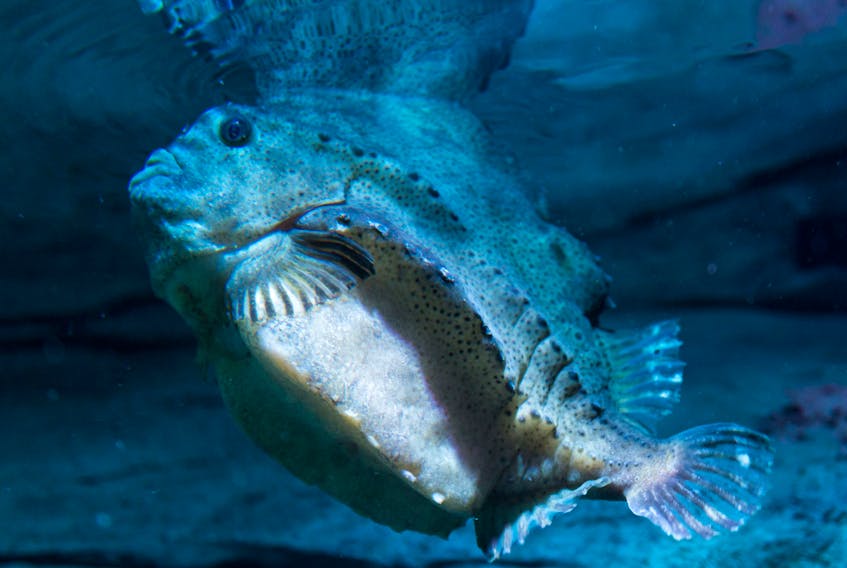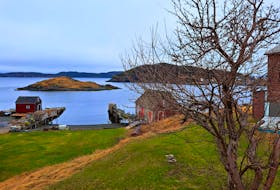It’s a strange world when the courts have more to say about the need for proper environmental assessment of a massive Placentia Bay fish farm than the province’s environment minister does.

Think of it this way: Environment Minister Eddie Joyce has said that he doesn’t think the huge Grieg NL project even needs to go through the expanded environmental work of having an environmental impact statement (EIS) done, and has said that the EIS process could be dropped altogether if the government wins an appeal of a lower court decision that said the project had to undergo the work.
“If the court case comes back and says the regulatory reviews that (we) had in place in the first place (were) sufficient, I’m not sure there’s any need for the EIS,” Joyce said when the EIS was launched.
So, just what kind of scrutiny will the EIS actually get?
In the current scenario, the government has already said it’s only doing work because the court said it had to. If the project review is only going through the motions, is the Environment Department living up to its legislated responsibilities to protect the environment?
Just have a look at some of the things the EIS is now requiring that an earlier environmental assessment didn’t: the original plan presented by the company said it would be using lumpfish as “cleaner fish” to control sea lice.
The plan said very little about where the lumpfish were coming from.
The draft EIS, meanwhile, asks the proponent to provide information about the “identification of cleaner fish supplier, standard operating procedures for verification of health of cleaner fish, and transport of cleaner fish to seafarms.” It also asks the proponents to outline the “potential effects of cleaner fish (i.e. lumpfish) escapees on the aquatic environment, including direct and indirect genetic and ecological interactions of cleaner fish escapees on wild local conspecifics.”
How can the province’s environmental assessment process not require a proponent to spell out where aquaculture lumpfish would be coming from, or not care about the impact of aquaculture lumpfish on wild fish?
So, flip those requests on their head: if the government is suggesting that the EIS is redundant from the very beginning, does that mean it thinks the answers to its questions about lumpfish don’t actually need to be answered?
The wild lumpfish population of this province has just been designated a threatened species. The board that made the decision to designate it that way actually said the species meets the guidelines to be labelled endangered because of its recent 58 per cent drop in population and the limited amount known about the species.
How can the province’s environmental assessment process not require a proponent to spell out where aquaculture lumpfish would be coming from, or not care about the impact of aquaculture lumpfish on wild fish?
That’s especially the case because there are troubling issues in the world of using lumpfish and other cleaner fish to control sea lice. A 2017 study found that lumpfish at a marine research facility in Ireland were carrying a disease found in salmon, with the authors suggesting, “The infection is considered potentially significant in terms of lumpfish health and biosecurity.”
Another study at an Irish lumpfish breeding facility found that facility’s broodstock was contaminated with a microsporidian species that may be connected to what researchers have suggested is a large problem of cleaner fish die-offs in aquaculture facilities.
There is a lot of work being done on the impact of lumpfish/salmon interactions in the scientific world, and it seems surprising that the provincial government would only be concerned about the effect of that interaction because a court had ordered it to look at issues that include those kinds of risks.
After all, the number of lumpfish that would have to be collected or imported or hatched is hardly small: a million lumpfish a year for the Grieg NL operation alone.
Admitting that you are just going through the motions is just bad policy.
Russell Wangersky’s column appears in 39 SaltWire newspapers and websites in Atlantic Canada. He can be reached at [email protected] — Twitter: @wangersky.









